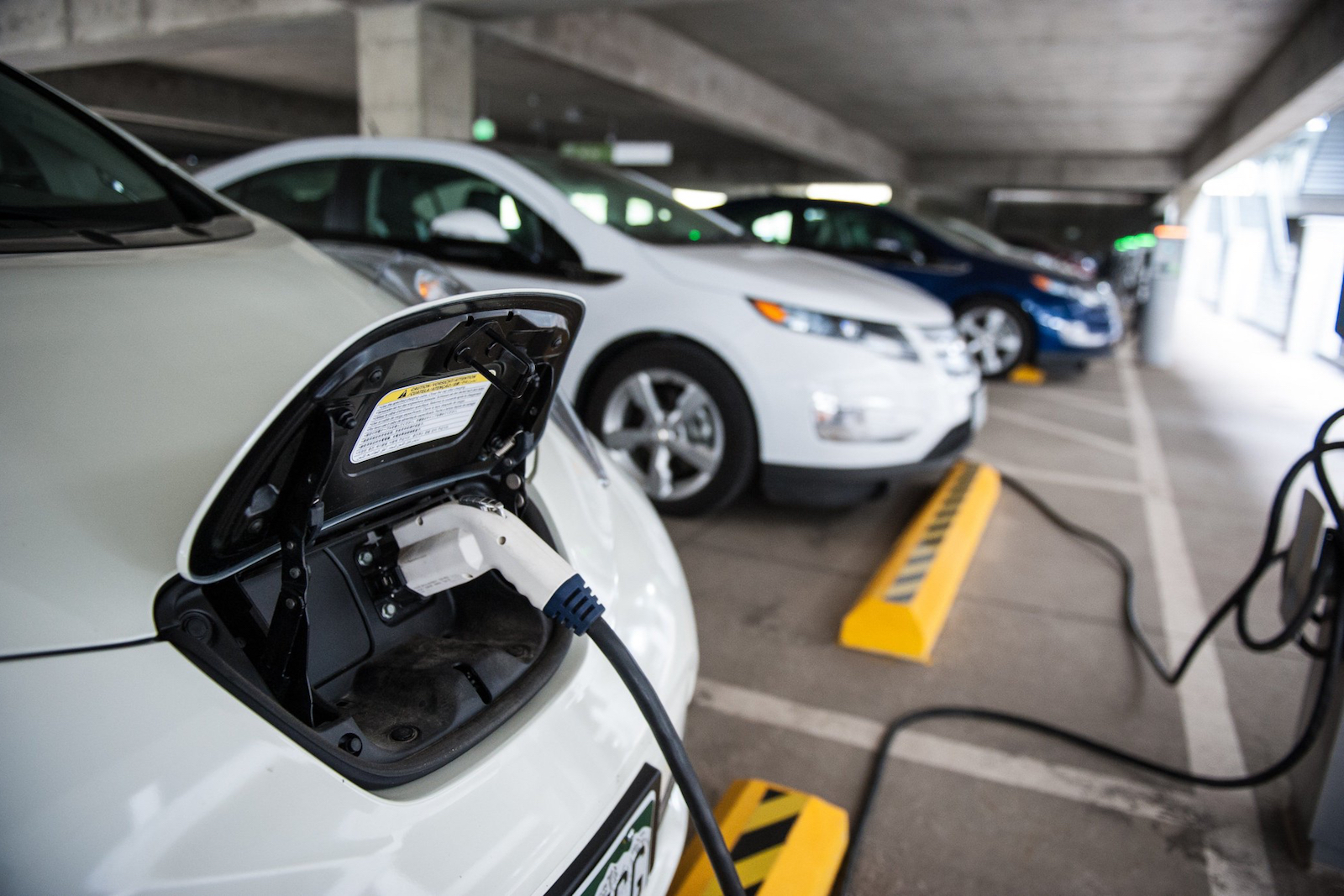
Tech
EVs and the Global Economy
Tesla, and its charismatic CEO Elon Musk, may be getting the most press when it comes to electric vehicles, but the growth of EVs will be driven by lower-cost vehicles by other manufacturers, especially in the EU and China.
In 2016, 43 percent of EV production worldwide originated in China, and the country now has the largest number of EVs on the road of any country. The McKinsey Electric Vehicle Index (EVI), which analyzes both supply and demand for EVs in 15 countries, shows China outperforming on both fronts. On the supply side of the equation, China’s has made it a priority to move the country towards clean energy, and like other countries (including the US to some extent) has created favorable conditions for buyers, manufacturers and investors in EV technology.
Both China and the US offer subsidies and incentives to consumers and manufacturers, and China has also taken extra measures to ensure the roll-out of a charging infrastructure. The EU does provide some financial incentives to consumers, but no incentives to manufacturers – but has passed the Clean Power for Transport Directive to drive infrastructure development and market uptake.
Clean energy in general has become a major priority in China – contrasting with U.S. policies around ramping up the coal industry – China’s National Energy Administration has put in place a mandatory target for reducing coal consumption, and for 20 percent of energy requirements to be met through clean energy methods.
A Greenpeace report notes that China’s clean energy stood at 12 percent in 2015, and the government’s significant investments in renewable power makes that 20 percent goal easily within reach. By contrast, in 2017, renewable energy accounted for 11 percent of total US energy consumption, according to the US Energy Information Administration. Also in the US, EVs are seeing some growth, though not as aggressive as that seen in China. In the US, combined sales of new electric, plug-in hybrid electric, and hybrid vehicles stood at four percent in 2017, with the EIA projecting a 19 percent market share by 2050.
In the EU, the European Environment Agency reports unimpressive results, with electric passenger vehicles increasing, but representing only 1.2 percent of all new cars sold in the EU in 2015. Six member states – Netherlands, the UK, Germany, France, Sweden and Denmark account for 90 percent of all EV sales. Outside the EU, the big winner in EV sales in Norway, where 22.5 percent of all new cars sold in 2015 were electric.
“The maturity of the electric vehicle industry will also depend on the successful introduction of secondary markets, including aftermarket parts sales and EV-specific repair shops, as well as a readily-available charging infrastructure,” said David Gauze, Advertising Manager at Auto Body Toolmart. “Protection of the expensive batteries is especially challenging, and a collision which impacts the battery compartment could be especially dangerous as well as costly to repair. High-strength steel may be a solution, but that same material will be more difficult when it comes to body work.”
Global economic impacts of the growing EV industry across China, the EU and the US is likely to deliver some changes beyond cleaner air. As EVs make up a growing percentage of new car sales in the coming years, demand for oil will decrease in the next decade. According to a recent IHS Markit report, electric cars and light trucks only displaced about 50,000 barrels of oil a day, but when combined with growth trajectories and improved fuel economy standards for gas-powered vehicles and hybrids, oil demand will reach a peak, followed by a steady decrease over the coming decades, causing some stress for oil-producing countries like Venezuela, Nigeria, Saudi Arabia, and Russia.
Like any industry disruption, growth of EV acceptance will have an impact on jobs. EVs require less manufacturing labor than gas-powered cars, and one estimate suggests that the elimination of internal combustion engines would cost 600,000 jobs in Germany alone by 2030.
Another disruption will be governments which depend heavily on gas taxes, which will significantly decrease as governments shift from assessing taxes on gasoline, to providing subsidies for EVs. This will cause a major disruption in government revenue streams, and we may see new revenue-generating taxes such as road pricing, which may charge a fee per mile for road usage. In the US, some reports estimate that $50 billion would disappear from the American economy as gas taxes become obsolete. In addition, emerging innovations such as autonomous automobiles and shared ownership/subscription models will decrease the total numbers of cars on the road, which would also decrease government revenues from registration fees and sales taxes.
Ultimately the disruption will be far-reaching and global as the internal combustion engine nears the end of its lifecycle – but the positive aspects of this disruption in terms of clean energy will outweigh the potential negatives.

